Tuesday, February 23, 2010
Writers Conference and Writing Tips
Steve Berry writes to a formula and a winning formula it is. Berry writes best selling thrillers such as The Amber Room, The Charlemagne Pursuit, The Alexandra Link, The Templar Legacy. Berry laid out the formula at a workshop at The San Francisco Writers Conference. Here are some tips in no particular order.
1. His novels have three acts: A short intro which may be a flash forward scene, a main story and a quick ending.
2.He likes short tight chapters of about 5 or 6 pages and never more than 8 pages.
3.The first sentence in each chapter must give the time and place and introduce the Point of View (POV) character of that chapter.
4. The book should start as close to the end as possible. Act 1 should be as close to Act 3 as possible.
5. He hates a long back story. He may put in the back story in bits using dialogue or interior dialogue. He may put in a line break and then a short backstory scene in italics to show thought.
6. He never writes in the first person.
7. He uses two or three POV characters, the hero, the villain and maybe a third POV character. He jumps around among the POV characters and may write the same scene with a different POV. These characters exist in different locations. Only the reader has the entire story. Eventually the characters come together at the end.
8. He has up to 8 minor characters which he may not name. He may use some sort of label to identify them - i.e. occupation. He wants as few names as possible for minor characters. In fact the fewer names in the book,the better.
9. He introduces his POV characters in the first part of the book. By page 50, they have been identified. He says, "Don't put too much in the introduction. Keep it compact. Work the backstory in later.
10. Every scene must a) advance the plot b) establish character c) maintain the suspense.
11. Every complication in the plot has to make the original conflict go darker and darker. He describes is as "darkening up."
12. Foreshadowing. He likes it. Get it in right away. He uses little hints to alert the reader and sometimes repeats these hints later.
1. His novels have three acts: A short intro which may be a flash forward scene, a main story and a quick ending.
2.He likes short tight chapters of about 5 or 6 pages and never more than 8 pages.
3.The first sentence in each chapter must give the time and place and introduce the Point of View (POV) character of that chapter.
4. The book should start as close to the end as possible. Act 1 should be as close to Act 3 as possible.
5. He hates a long back story. He may put in the back story in bits using dialogue or interior dialogue. He may put in a line break and then a short backstory scene in italics to show thought.
6. He never writes in the first person.
7. He uses two or three POV characters, the hero, the villain and maybe a third POV character. He jumps around among the POV characters and may write the same scene with a different POV. These characters exist in different locations. Only the reader has the entire story. Eventually the characters come together at the end.
8. He has up to 8 minor characters which he may not name. He may use some sort of label to identify them - i.e. occupation. He wants as few names as possible for minor characters. In fact the fewer names in the book,the better.
9. He introduces his POV characters in the first part of the book. By page 50, they have been identified. He says, "Don't put too much in the introduction. Keep it compact. Work the backstory in later.
10. Every scene must a) advance the plot b) establish character c) maintain the suspense.
11. Every complication in the plot has to make the original conflict go darker and darker. He describes is as "darkening up."
12. Foreshadowing. He likes it. Get it in right away. He uses little hints to alert the reader and sometimes repeats these hints later.
Subscribe to:
Post Comments (Atom)
















































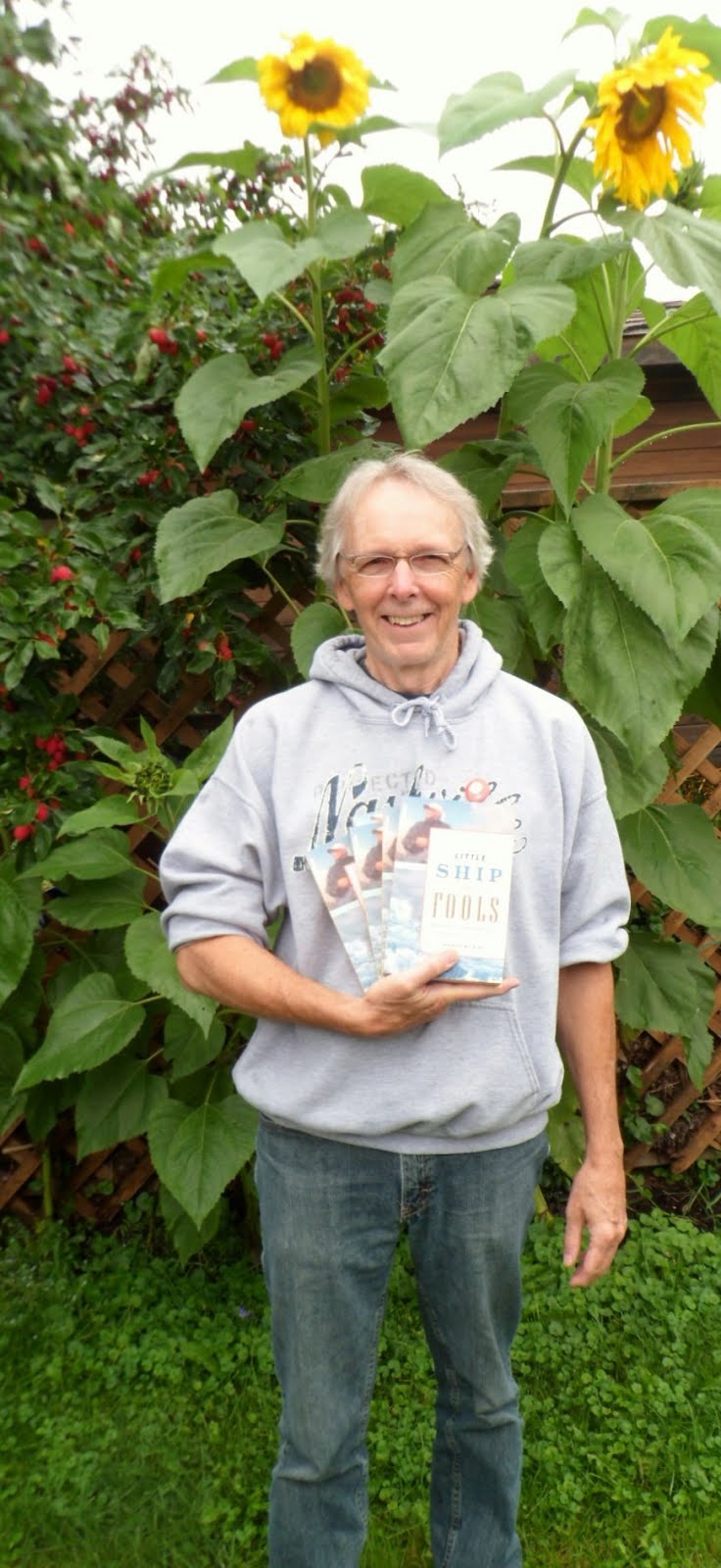





























































































































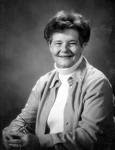


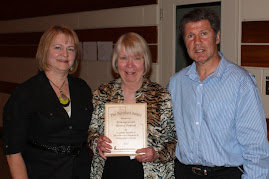









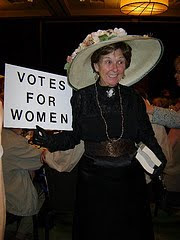
















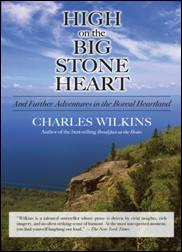





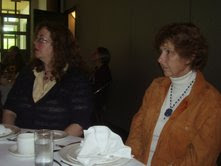



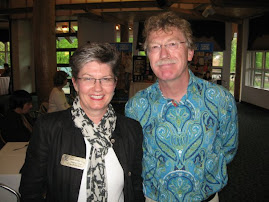


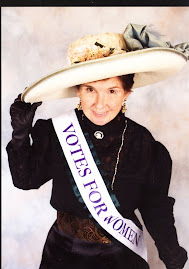












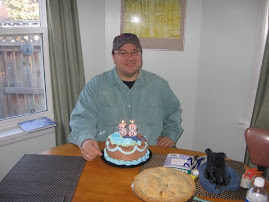












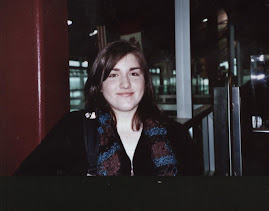





















No comments:
Post a Comment